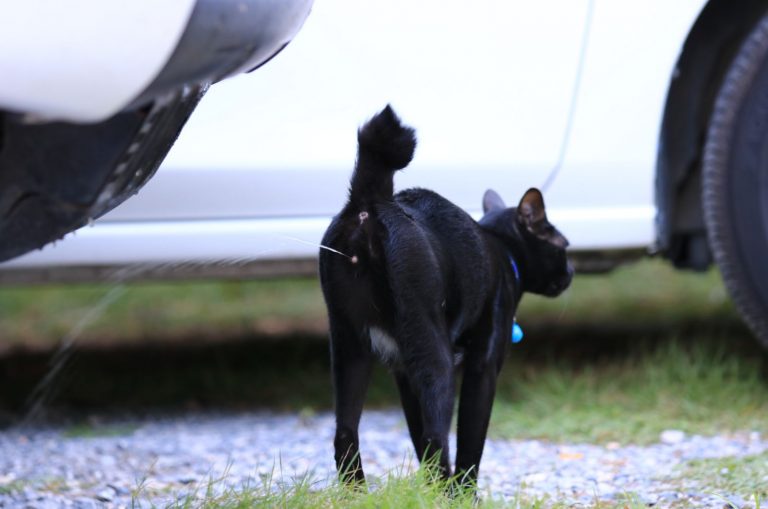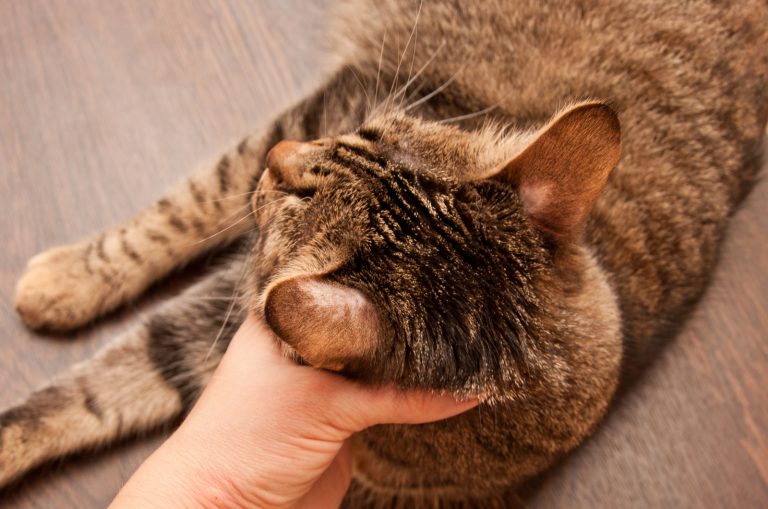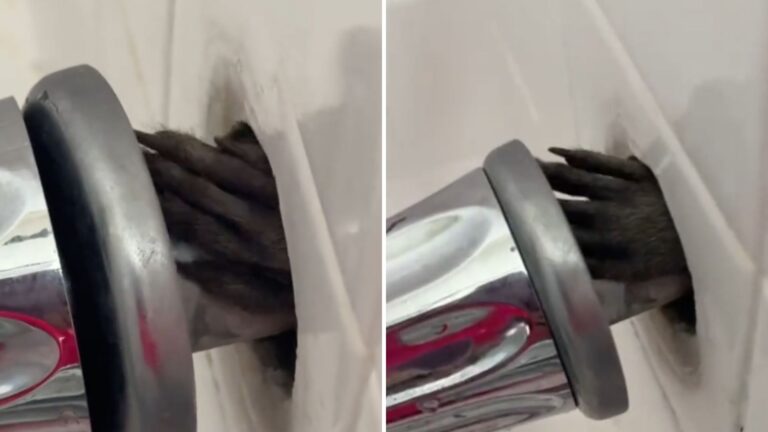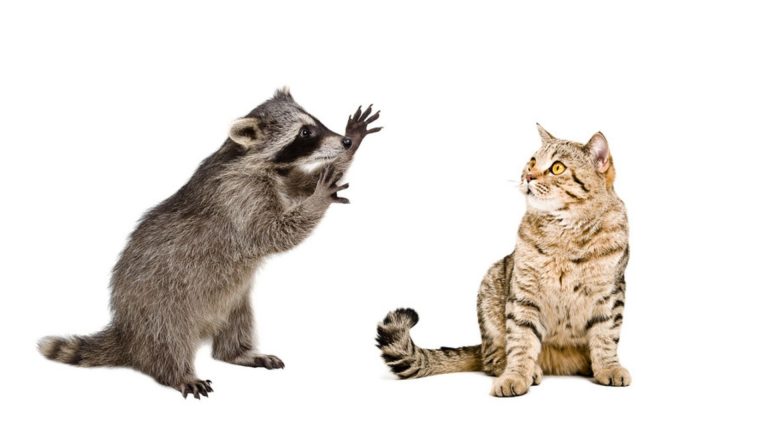The Surprising Reasons Why Hawaii Is Dropping Millions Of Mosquitoes From The Sky
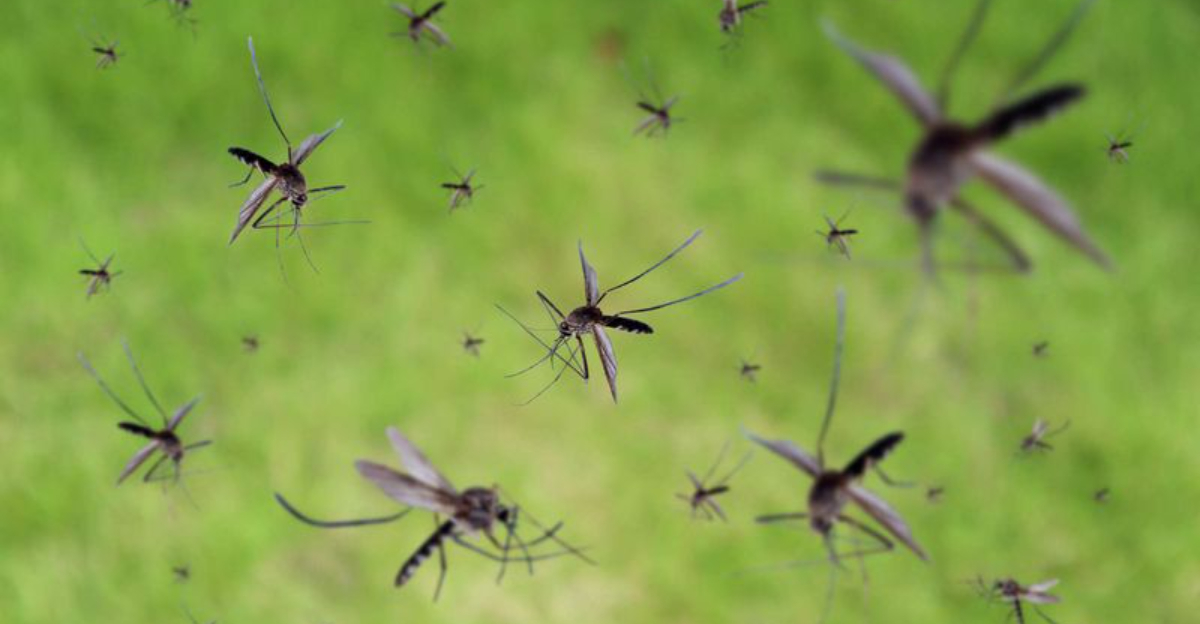
Hawaii’s lush landscapes are home to unique birds found nowhere else on Earth. But these feathered treasures face a deadly threat: mosquito-spread avian malaria.
To combat this crisis, scientists have launched an unusual aerial campaign, releasing millions of mosquitoes from helicopters over Hawaii’s forests. This bold strategy might sound counterintuitive, but it’s actually a clever solution to a serious problem.
Protecting Endangered Native Birds
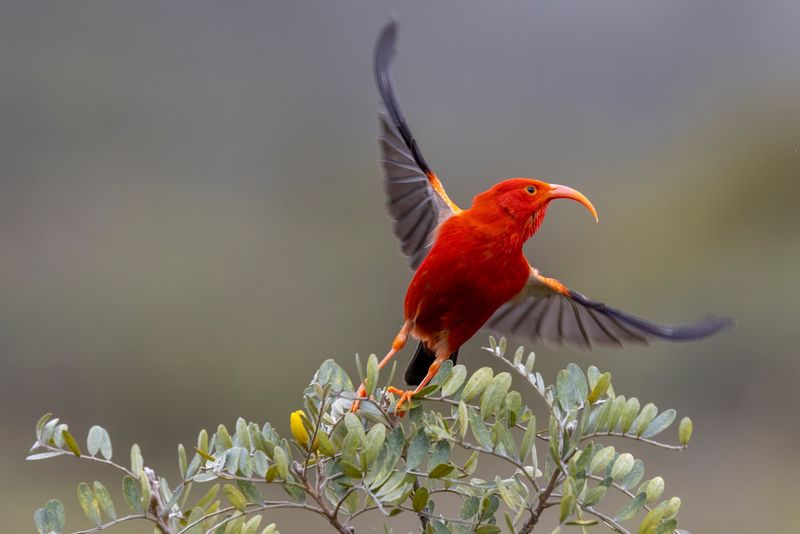
Hawaii’s colorful forest birds evolved in isolation, never developing defenses against mosquito-transmitted diseases. Avian malaria kills these birds quickly, sometimes within 24 hours of infection.
Birds like the scarlet ‘I’iwi and the rare ‘Akikiki are vanishing at alarming rates. Without immediate intervention, these living jewels of Hawaii’s forests could disappear forever.
Using Mosquitoes To Fight Mosquitoes
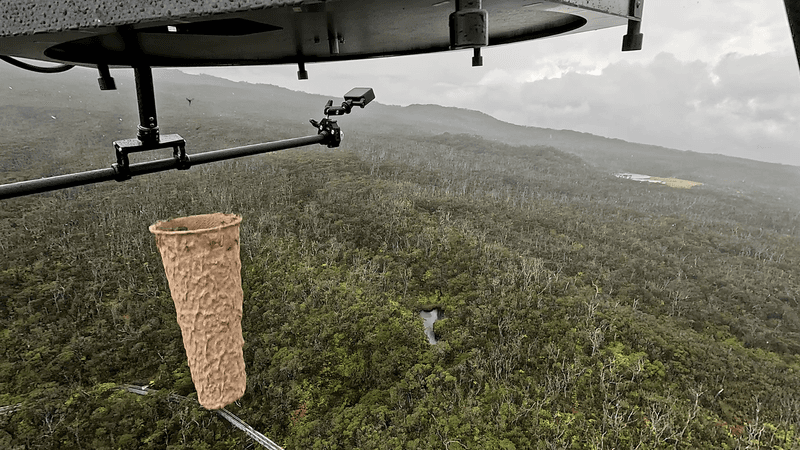
Mother Nature’s own technology powers this innovative approach. The released male mosquitoes carry Wolbachia bacteria, which acts like natural birth control when they mate with wild females.
The resulting eggs never hatch, breaking the mosquito life cycle. Males don’t bite or spread disease, making them perfect allies in this biological battle against their own species.
An Eco-Friendly Alternative To Pesticides
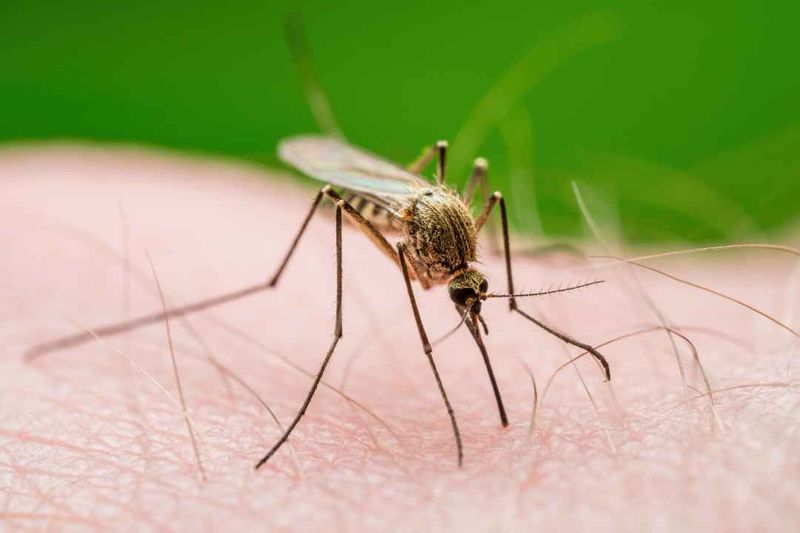
Chemical warfare against mosquitoes often brings unintended casualties – beneficial insects, birds, and even humans can suffer from pesticide exposure.
This biological approach elegantly sidesteps these problems. Only the targeted mosquito species is affected, leaving bees, butterflies, and other important pollinators to thrive. Hawaii’s delicate ecosystem remains protected while the true threat is neutralized.
Targeting Specific Mosquito Species
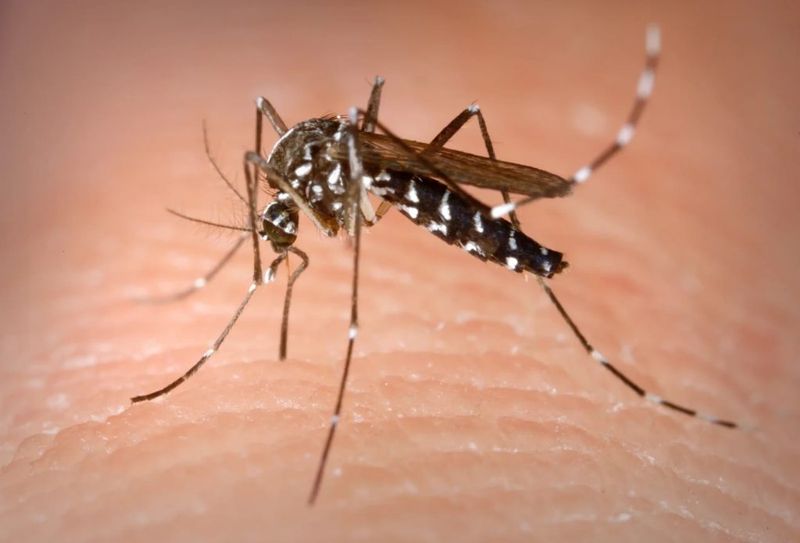
Precision matters in this aerial operation. Scientists focus exclusively on Culex quinquefasciatus – the Southern house mosquito that arrived on ships in the 1800s.
This invasive troublemaker transmits avian malaria to native birds at higher elevations where cooler temperatures once provided a refuge. As climate change warms these areas, mosquitoes climb higher, leaving birds with nowhere to escape.
Part Of A Larger Conservation Effort
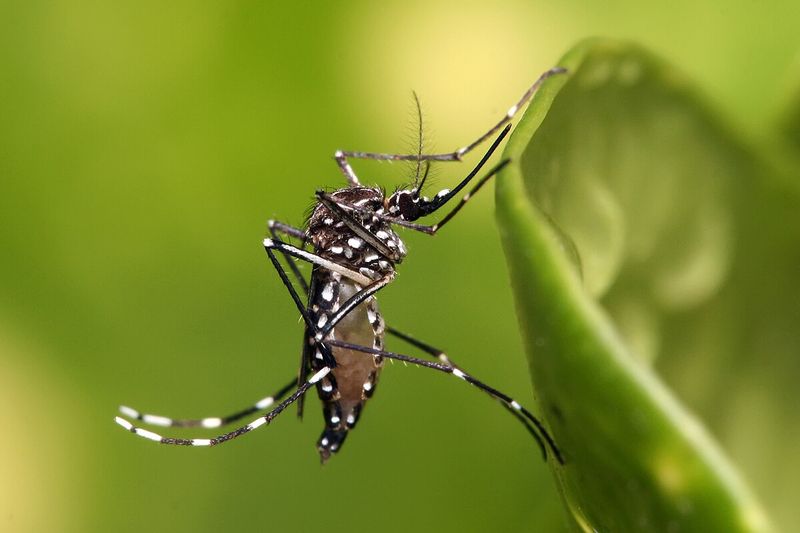
Aerial mosquito drops represent just one battlefront in Hawaii’s conservation war. Rangers also remove invasive plants that harbor mosquitoes and maintain predator-proof fences to keep cats and rats away from bird habitats.
Captive breeding programs serve as insurance policies for the most endangered species. This multi-pronged approach tackles the crisis from every angle, giving native birds their best chance at survival.
Hawaii’s Unique Isolation Makes It Possible
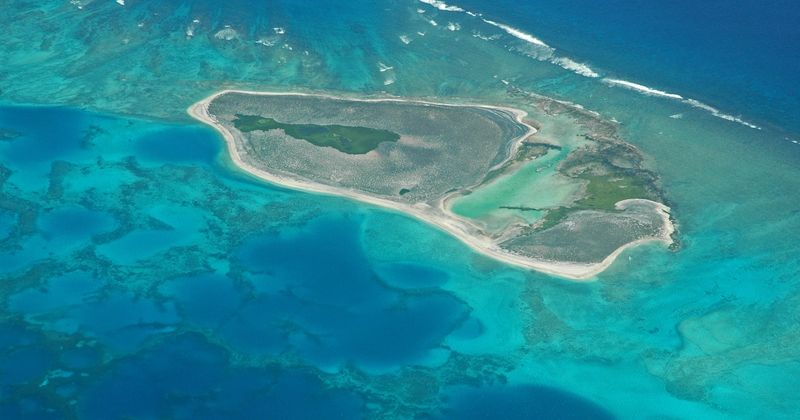
Geography gives Hawaii a fighting chance against these tiny invaders. Surrounded by thousands of miles of ocean, these islands can potentially eliminate mosquito species completely without constant reinfestation from neighboring regions.
Few places on Earth offer this advantage. Hawaii’s isolation – once the reason its birds evolved without defenses – now becomes their salvation, creating a natural laboratory for mosquito eradication techniques that could help threatened species worldwide.
Preventing Future Mosquito-Borne Threats
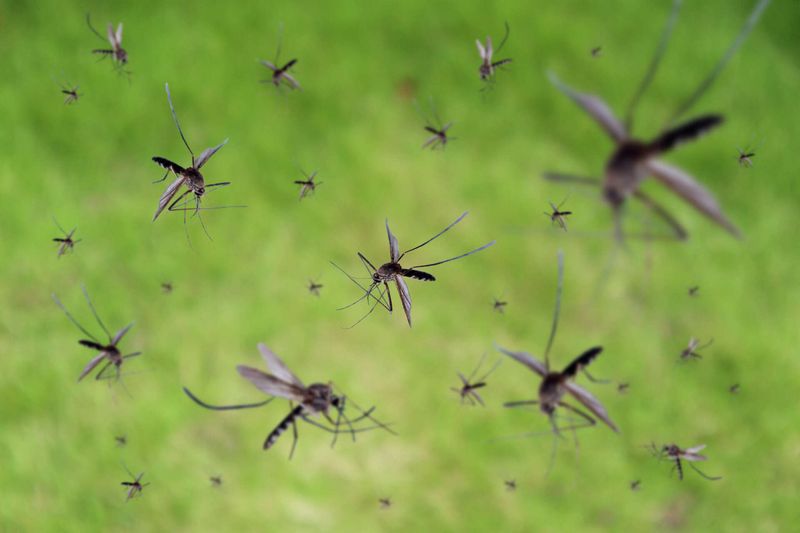
Beyond saving birds, this project creates a mosquito firewall protecting all Hawaiians. Fewer disease-carrying insects means reduced risk of dengue fever and Zika virus outbreaks among people.
Local communities benefit directly from these efforts. The same mosquitoes threatening birds can transmit human diseases, making this aerial strategy a win for public health and wildlife conservation simultaneously.


